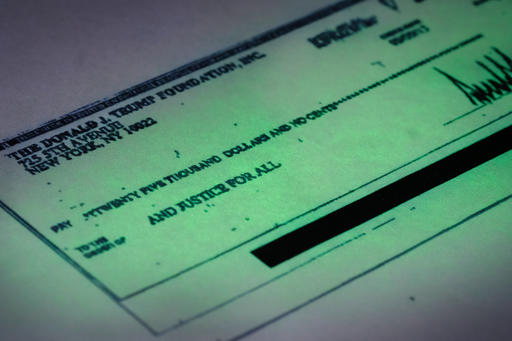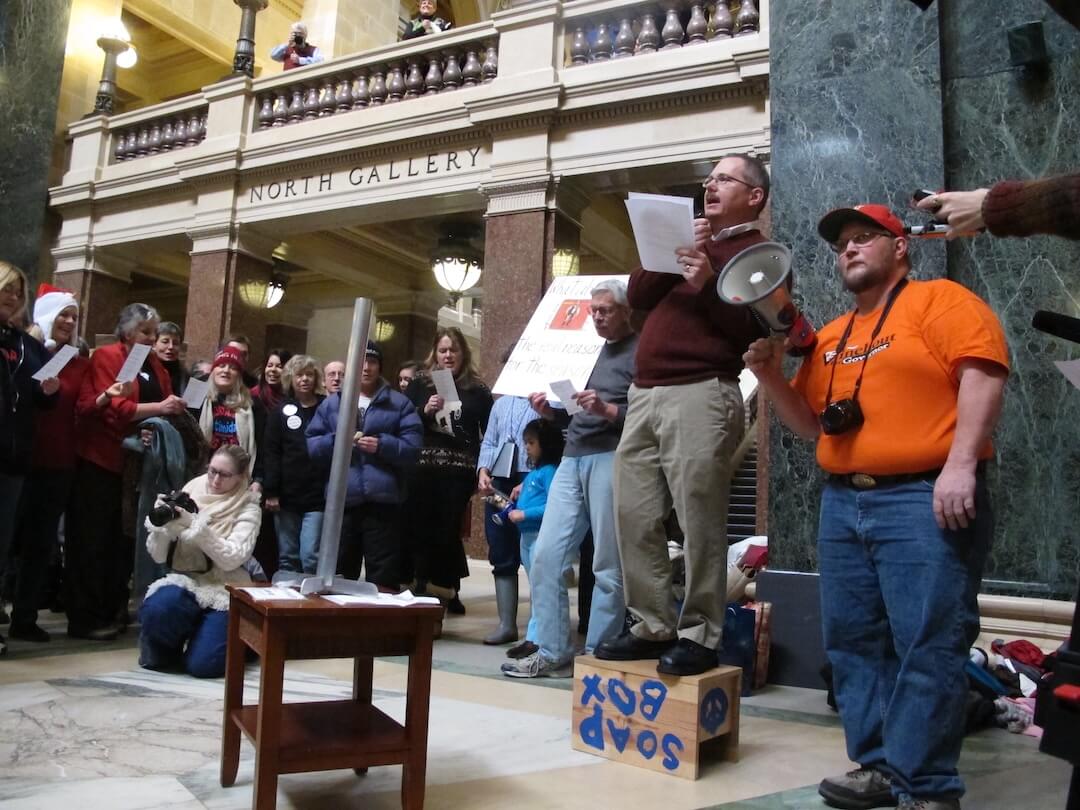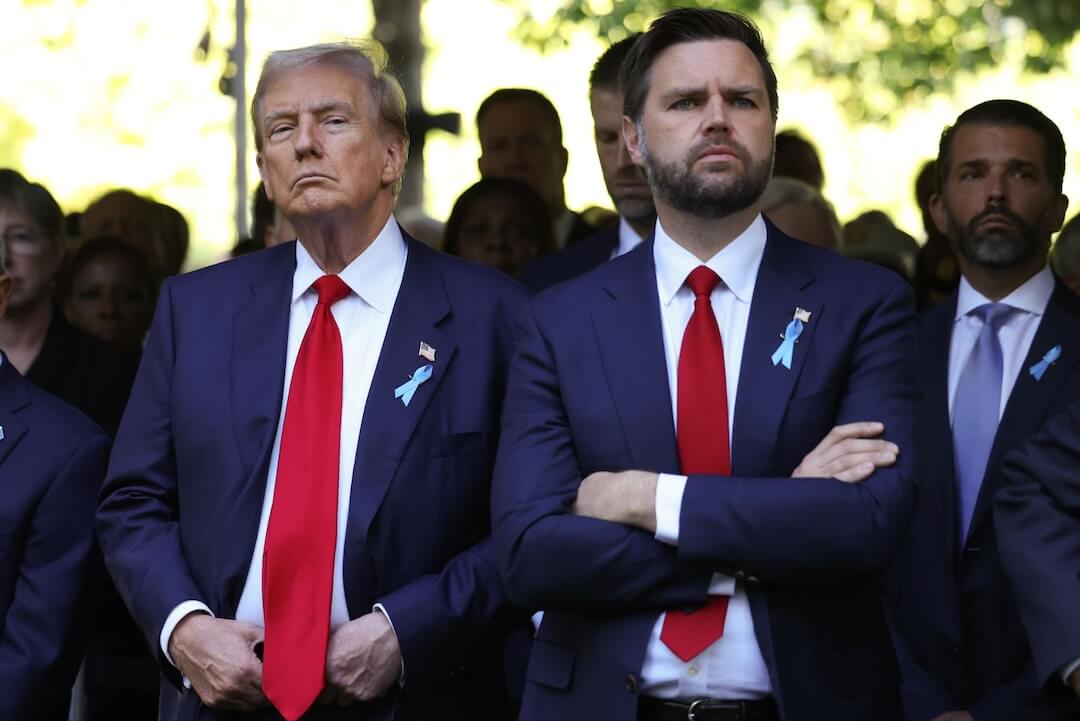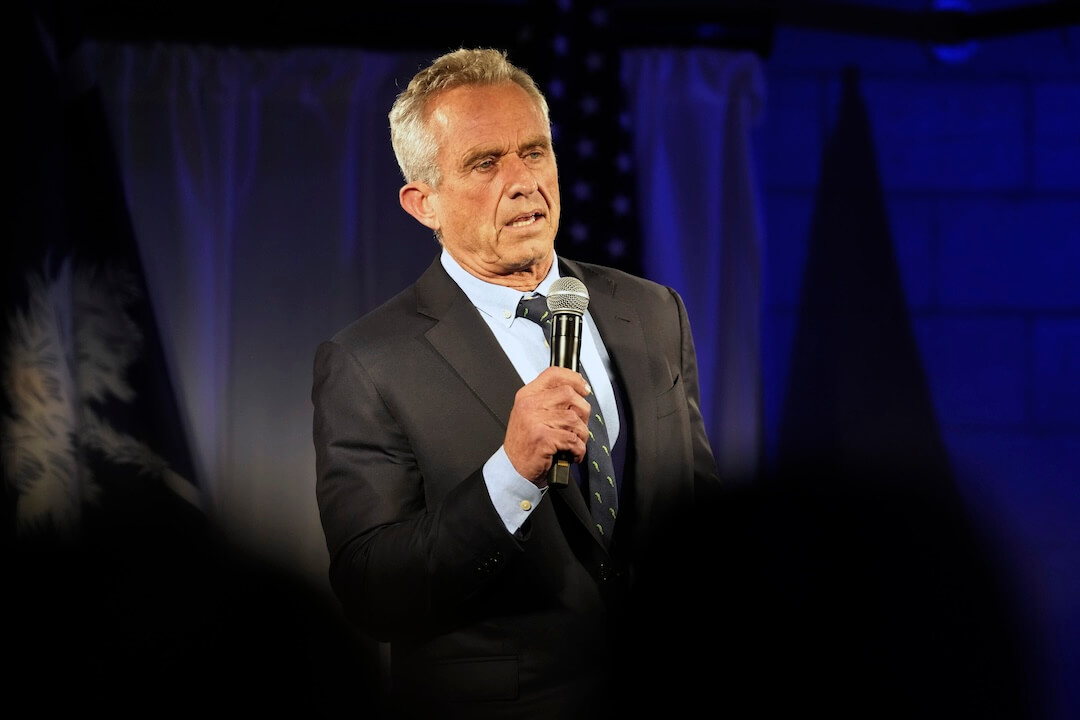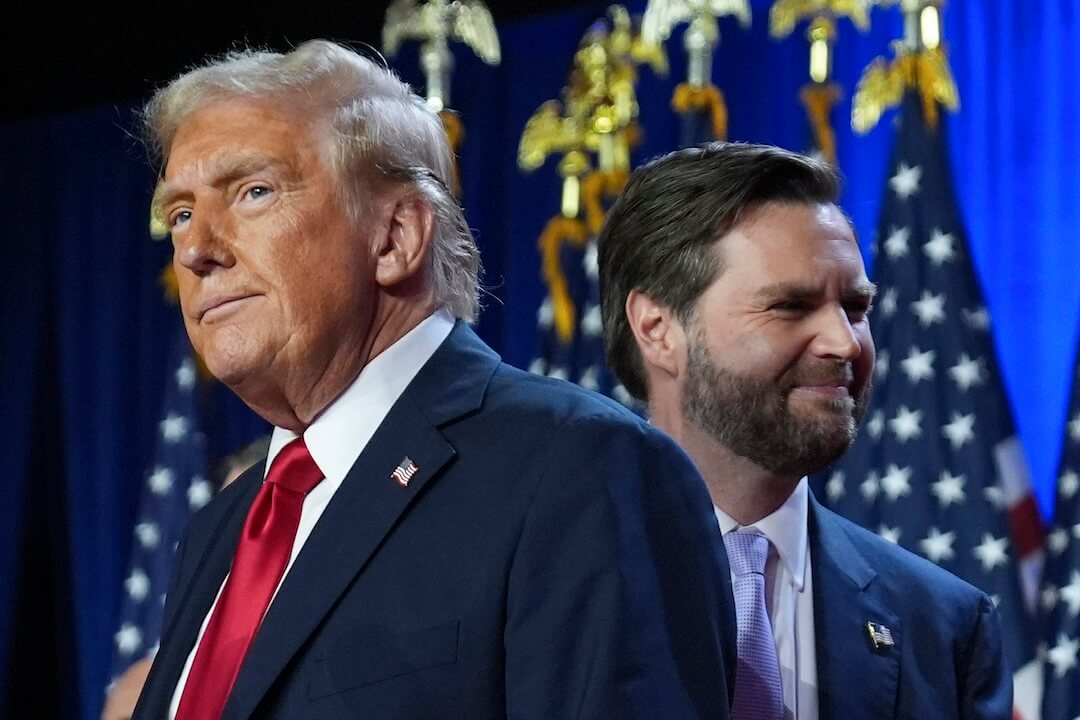In a surprise announcement on Christmas Eve, President-elect Donald Trump declared that he planned to shut down his private foundation. After touting the foundation’s contributions, Trump declared that, in order “to avoid even the appearance of any conflict with my role as President I have decided to continue to pursue my strong interest in philanthropy in other ways.”
The Donald J. Trump Foundation and Trump’s personal record of philanthropy proved to be a source of controversy throughout the 2016 election season. Even the idea that he could immediately shut the foundation down raised questions because of an ongoing investigation by the New York attorney general.
Throughout 2016, David Fahrenthold, a political reporter at The Washington Post, closely scrutinized claims Trump made about charitable giving and tried to put numbers and names to those countless charities. In his citation for the Ben Bradlee prize, the Post praised Fahrenthold for “discovering major discrepancies between the candidate’s statements and the verifiable facts.”
In an interview with Poynter, Fahrenthold shared some of his reporting techniques that could help other reporters who turn their attention to fact-checking charitable giving claims.
For Fahrenthold, the story began after Donald Trump’s claimed, during at an event he staged last January in lieu of participating in a televised Republican primary debate, that he raised $6 million, including $1 million of his own money, for veterans.
In the following weeks, Fahrenthold covered public events where he saw Trump stand on the stage and give out oversized checks that bore the name of the Trump Foundation. But these checks never totaled $6 million, so Fahrenthold asked about the remainder (others asked about this as well, including the Wall Street Journal).
“I thought, well OK, this will take a couple of days, and I’ll find out where the rest of the money went.” Fahrenthold explained. “Obviously, Trump — I thought — was going to give out the rest of the money, and I’ll just find out where it went and that’ll be it. But it wasn’t like that at all. It took months and months of trying to bird-dog them to find out where the money went.”
Faced with the campaign’s refusal to provide details about the contributions, Fahrenthold turned elsewhere to verify the figures. “You don’t need to just wait on Trump to tell you what the answer is,” he noted. “There’s a way to go looking for people who might know a piece of the answer.”
Here are some of those ways.
1. Tax returns
In many cases, this is where the reporting on donations might begin and end, but Fahrenthold didn’t have access to Trump’s returns.
“If he had released his tax returns presumably there would have been no project.” Fahrenthold said. “But what they chose to do instead is say Trump gives lots and lots of money to charity, tens of millions of dollars, but it’s a secret. We won’t tell you anything more than that about where he gives.”
2. Guidestar
A nonprofit data clearinghouse, Guidestar contains 990 filings and other background information for charities. These returns contain a variety of financial information including revenue, expenses and executive compensation.
Guidestar was the source for Fahrenthold’s reporting in November that the Trump Foundation had admitted to self-dealing in its latest tax filings.
3. ProPublica 990 Search
Another place to search for nonprofit filings is ProPublica’s Nonprofit Explorer, which has a database of 2.2 million tax return summaries from nonprofit organizations dating back to 2001.
4. DonorSearch
Designed to help charities identify potential donors, the DonorSearch database also turned out to be a valuable reporting tool, with a surprising outcome.
“I didn’t find any donations from Trump’s own pocket, but that’s how I found the other Donald Trump,” Fahrenthold says, referring to Donald L. “Skip” Trump, a doctor in Northern Virginia. “It didn’t yield anything, but I felt more confident that I was seeing the whole picture after using that.”
5. A paper notebook, the phone and email
Fahrenthold started out keeping track of his reporting using a paper notebook, systematically calling and emailing charities that he believed might have received donations from Trump. Then he just worked down the list, which grew to hundreds of charities.
“A lot of this was one phone call or one email at a time,” he said.
6. Twitter
That paper notebook had a real-time digital imprint because Fahrenthold shared it via his Twitter feed, both to show his progress and to crowdsource the reporting effort to find details of Trump’s charitable gifts.
Fahrenthold also used Twitter to ask charities directly if they had received donations and to look for charities that Trump had praised in his tweets, which were then added to the notebook’s research list.
7. Prospect sheets
In one case, an anonymous tipster sent him a prospect list from a charity. This document outlined the details of the charity’s history with Trump, showing information such as when they had last talked to him, how much money he was expected to give and how much he had given in the past.
8. Social diaries
Charities often ask high-profile donors to host galas or serve as an honorary chairperson of big events. Fahrenthold searched the Palm Beach Social Diary to see what galas Trump had been involved with.
9. Persistence
The story that most prepared Fahrenthold for his efforts to track down Trump’s donations was Sinkhole of Bureaucracy, a 2014 article about the Office of Personnel Management’s inefficient and outdated paperwork mine in Pennsylvania where federal workers shuffled paper between tens of thousands of filing cabinets. Fahrenthold had been tipped off about the abandoned mine, but the office wouldn’t let him see it in person.
How do you get into a mine? You start digging.
“I started calling people who used to work there,” he said. “I looked on LinkedIn and on Facebook and other places and found people who used to work in the mine or who still did work in the mine to ask them: What was your day like? What was the break room like? What was the office like? Tell me as much as you can about the place.”
“I came back to OPM and I said look, you can’t stop me from writing this story,” Fahrenthold explained. “All you can do at this point is tell your side of it. If you want to let me in, then fine. All you can add now is telling me your side of it. And in that case they did let me in.”
In Fahrenthold’s view, it’s a lesson reporters can apply to any kind of stonewalling.
“You try the front door first, but if the front door’s not available, you look for a window. You look for a crack,” he said. “It’s impossible to truly keep something as big as Trump’s actual donations or a giant paperwork dungeon secret. You’ve got to look for other ways in.”
Correction: due to an editing mistake the word “never” was omitted for a short period of time from the sentence “But these checks never totaled $6 million, so Fahrenthold asked about the remainder.” We regret the error.

